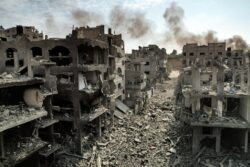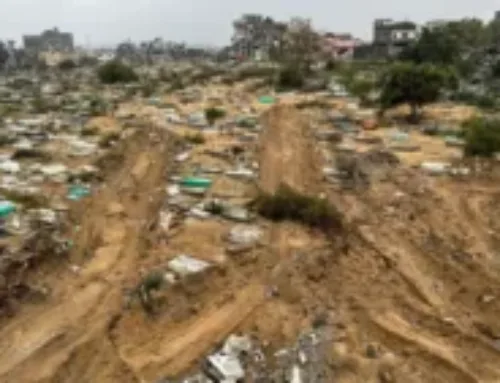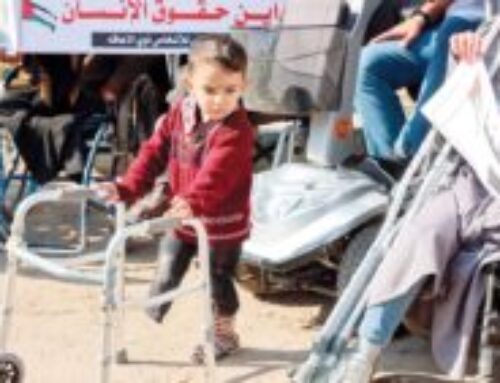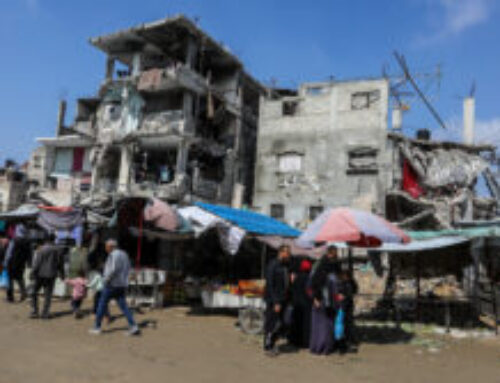Beneath the sprawling rubble that blankets the coastal city, danger does not lurk in unexploded ordnance alone—it also hides within a faint gray dust that drifts through the air like echoes of bombardment that never truly ceased.
Within its tiny particles lies a deadly substance known as asbestos—the silent enemy that may threaten the lives of hundreds of thousands of Gazans for years to come, long after the flames of war have faded.
A Dust That Carries Death
The United Nations estimates that the Israeli assault on Gaza has left behind more than 50 million tons of debris, warning that its removal could take over two decades and cost more than $1.2 billion.
But this rubble is not merely the remains of shattered homes; it also contains hundreds of thousands of tons of asbestos, according to recent UN reports.
Charles Birch, an explosives expert with the United Nations Mine Action Service (UNMAS), stated:
“There is more rubble in Gaza than in Ukraine, even though the front line there is dozens of times longer.”
His words capture the scale of the catastrophe—a small, overcrowded city where fragments of concrete and steel mingle with toxic substances that threaten every breath of life.
Asbestos… The Hidden Enemy
Asbestos is a group of naturally occurring mineral fibers once widely used in construction and insulation for its high resistance to heat and fire. Yet this industrial advantage turned into a global health disaster once it was discovered that inhaling its microscopic fibers leads to fatal diseases.
According to the World Health Organization (WHO), all six types of asbestos are carcinogenic, with chrysotile (white asbestos)—the most common in building materials—being particularly dangerous. The WHO estimates that 125 million people worldwide are still exposed to asbestos in their workplaces, and that more than 200,000 deaths occur every year from asbestos-related illnesses such as lung cancer, mesothelioma, and asbestosis.
Gaza Faces the Disaster Barehanded
In Gaza, toxic fibers mingle with the ruins of destroyed homes, giving the war yet another face of death. Environmental experts warn that improper handling of debris could cause the widespread release of deadly fibers into the air, especially amid the absence of protective equipment and the collapse of the healthcare system.
Field reports indicate that most rescue teams and debris removal workers lack basic safety tools, turning humanitarian work itself into a new zone of danger—where those trying to save lives risk losing their own.
At the same time, the Strip faces compounded threats: unexploded ordnance, severe environmental pollution, and bodies trapped beneath the rubble—making debris removal one of the most perilous humanitarian operations in the world today.
The Ashes of War Do Not Cool
In Gaza, the ashes do not cool, and the air does not quickly turn clean again. The war leaves behind an invisible death that lingers in the dust, threatening generations yet unborn.
Yet, the people of Gaza remain as the world has always known them—pushing aside the rubble with one hand, and planting life with the other.
Between the poison that drifts through the air and the ruins that cover the land, Gaza continues to breathe resilience… and to resist, even against dust itself.





